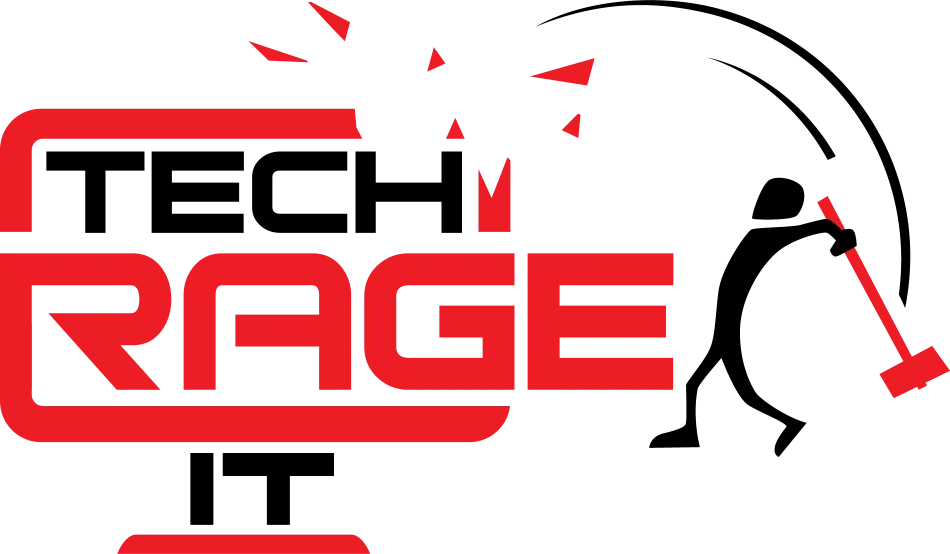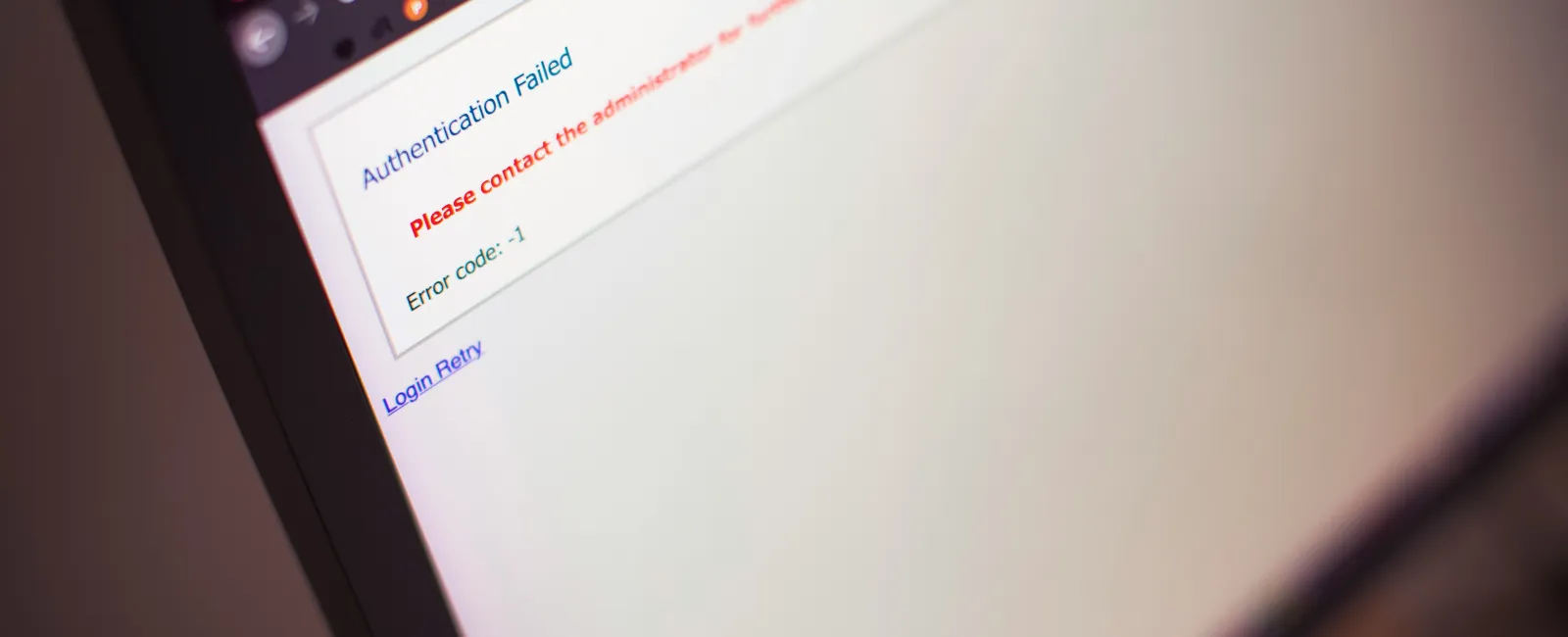July 03, 2025
Multi-Factor Authentication (MFA) used to be the security darling of the cyber world. Enabling it made you feel like you were finally ahead of the curve—one step smarter than the next hacker, the ransomware group, or the disgruntled former employee. But in 2025, insurance providers, compliance officers, and cybercriminals alike all agree on one thing: MFA is no longer enough. Not by itself. In fact, if MFA is the most sophisticated defense your business has, you might already be at risk—and cyber insurance underwriters won't be impressed.
This blog unpacks why MFA has fallen out of favor as a standalone security measure and what a complete cybersecurity stack really needs to include. If you want to stay insured, stay protected, and stay ahead of attackers, it's time to level up.
MFA Was Never the Endpoint—Just a Starting Point
Let's not get it twisted; MFA is still a good thing. Requiring a second form of verification to log in to critical systems significantly reduces the risk of brute force attacks and credential stuffing. But the effectiveness of MFA depends heavily on how it's implemented. And even then, it can't compensate for weak user behavior, poor endpoint security, or unmonitored systems. Cybercriminals know this.
In fact, one of the most common breach methods today is MFA fatigue—where attackers bombard users with repeated push notifications until they mistakenly approve one. There are also sophisticated phishing kits that mimic login portals and intercept codes in real time. Bottom line: if attackers have adjusted, so must your defenses.
Why Insurers Are Getting Stricter in 2025
The reason insurers are tightening requirements isn't because they're being difficult, it's because the claims are piling up. Ransomware attacks are more expensive than ever, and successful breaches don't just hit large enterprises anymore. Small and midsized businesses are prime targets because they often lack advanced security protections, and attackers know that. Insurers are no longer just asking if you use MFA. They want to know what type, how it's managed, and what other controls are in place. Do you segment access? Do you log every login attempt? Do you run phishing simulations? Do you monitor lateral movement across the network? These aren't 'nice-to-haves'—they're non-negotiables.
The Layered Security Stack That Actually Works
To meet both insurer expectations and today's threat landscape, you need a multilayered cybersecurity approach. At Tech Rage IT, we help businesses move beyond checklists to real-world protections that hold up during incidents. Here's what a modern cybersecurity stack looks like:
Advanced Endpoint Detection and Response (EDR)
EDR tools go far beyond antivirus software. They use behavioral analysis to spot unusual activity and can automatically isolate compromised devices. That means if malware shows up on one machine, it doesn't get the chance to spread across your network.
Zero Trust Architecture
Zero trust means no device or user is automatically trusted—even if they're on your internal network. This principle limits access to the bare minimum required, reducing exposure and making lateral movement difficult for attackers.
Immutable, Tested Backups
A backup is only helpful if it works when you need it—and can't be tampered with. Immutable backups are locked versions of your data that ransomware can't encrypt or delete. Testing these backups regularly ensures you don't discover a failure at the worst possible moment.
Role-Based Access Controls (RBAC)
Every employee doesn't need access to every file or system. RBAC ensures users only have access to what they need to do their jobs. This dramatically reduces damage in the event of an insider threat or compromised credentials.
Security Awareness Training and Simulations
Your people are your biggest risk—and your best defense. Regular phishing tests and practical training help staff recognize threats and respond appropriately. Insurers are now requiring documentation of this training to issue or renew coverage.
Continuous Monitoring and Logging
Modern cybersecurity isn't about reacting—it's about anticipating. You need 24/7ta monitoring to detect and investigate suspicious activity. That includes endpoint telemetry, firewall logs, and user behavior analytics.
What Happens If You Don't Comply?
The consequences of ignoring these requirements go far beyond a slap on the wrist. If your company suffers a breach and can't demonstrate compliance to your cyber insurance policy, you may be denied coverage. This includes denial of claims due to:
Missing or expired endpoint software
Inadequate documentation of incident response procedures
Failure to train employees on security protocols
Lack of network segmentation
Even worse, a denied claim can leave you on the hook for recovery costs, fines, lawsuits, and lost business—none of which are cheap or quick to resolve.
Cyber Insurance Is the New Standard for Cybersecurity Readiness
If you're still viewing cyber insurance as a financial safety net and not a security roadmap, you're missing the point. Insurers are essentially writing the new rulebook for small and mid-sized business cybersecurity. Their requirements reflect hard data—patterns pulled from real-world incidents. They're not theoretical. They represent the minimum bar for avoiding multimillion-dollar losses.
This shift also means your IT strategy must include regular audits, documentation, and executive-level accountability. If your MSP can't tell you exactly how you meet your policy's security requirements, it's time for a serious review. Insurance carriers are now asking for supporting evidence: screenshots of logs, test results, training reports, and written policies. Just saying you 'have MFA' doesn't cut it anymore.
How Tech Rage IT Helps Businesses Stay Ahead
Tech Rage IT doesn't just help you check boxes—we help you build a defense that stands up to threats and keeps your business covered when disaster strikes. We've helped clients in high-risk sectors like finance, construction, and engineering implement frameworks that not only meet insurance requirements, but proactively lower risk of attack.
Here's what our security-first approach includes:
Security gap assessments based on real insurance questionnaires
Deployment of enterprise-grade tools like EDR, SASE, and 2FA beyond basic implementations
Quarterly compliance reviews and automated report generation
User awareness testing and custom phishing simulations
Backup validation and recovery time objective planning
Final Word: MFA Was Just the Start
Think of MFA as a security checkpoint. You need it. But without a full security stack—detection tools, recovery plans, hardened endpoints—it's only a partial solution. Cyber insurance providers know this. They're no longer rewarding businesses for doing the bare minimum. They're demanding serious commitment to layered security strategies that reflect today's threat landscape.
Don't wait until your application gets denied or your claim gets rejected. And don't wait until your data is held hostage by ransomware operators who bypassed your MFA with ease. Let Tech Rage IT help you build a stack your insurer can respect—and attackers can't ignore.
Click Here or give us a call at 407-278-5664 to Book a FREE Discovery Call



